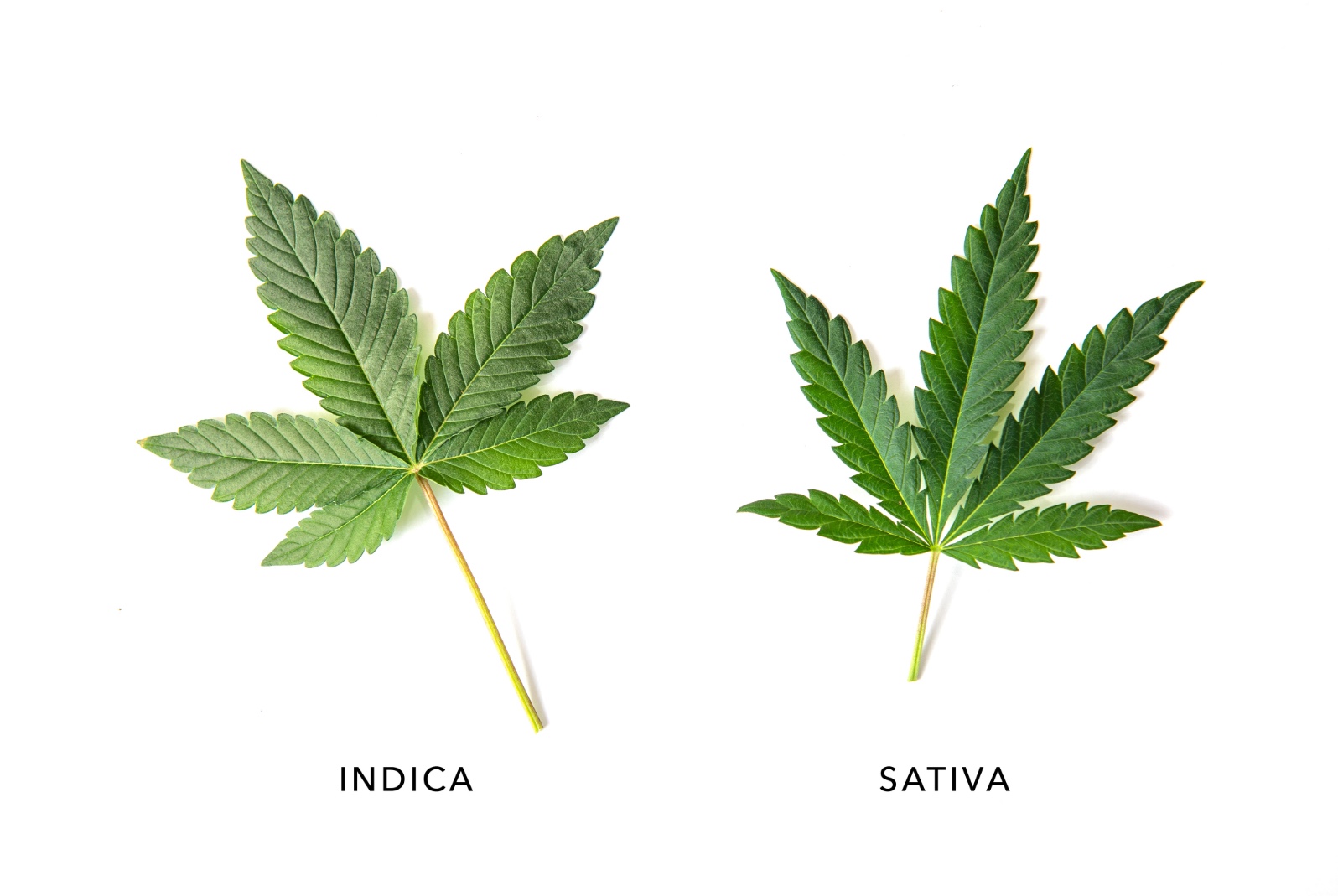Posted by TL Knowledge Team on 4th Mar 2024
Rethinking Cannabis: Beyond Indica and Sativa

Rethinking Cannabis: Beyond Indica and Sativa
In the diverse world of cannabis, the terms "Sativa" and "Indica" have long served as the cornerstone of cultivar classification, guiding consumers in their quest for specific effects, aromas, and experiences. However, a recent study analysing over 100 cannabis samples through a detailed examination of terpene, cannabinoid content, and genetic markers challenges this traditional dichotomy, revealing a more complex picture of cannabis classification.
The Study's Insights
The study embarked on an in-depth exploration of the cannabis plant's DNA, focusing on tiny variations called single nucleotide polymorphisms (SNPs). Think of SNPs as small genetic "typos" in the DNA sequence that make each plant unique. Researchers looked at over 100,000 of these tiny differences across more than 100 cannabis samples to see if there were any clear genetic distinctions between what are commonly labeled as Sativa and Indica strains.
Traditionally, it's been thought that Sativa and Indica are two separate branches of the cannabis family tree, each with its own unique set of genetic characteristics. Sativa strains are often associated with a more energising effect, while Indica strains are linked to a more relaxing experience.
However, the findings of this study were quite unexpected. When comparing the genetic data of the Sativa- and Indica-labeled samples, researchers discovered that there wasn't a significant genetic difference between them on a broad scale. This means that, at the DNA level, the Sativa and Indica labels didn't correspond to distinct genetic groups as previously believed. Essentially, the study suggests that the line between Sativa and Indica might not be as clear-cut as the traditional labels imply, challenging the notion that these two categories have separate and distinct genetic identities.Surprisingly, the study found these samples to be genetically indistinct on a genome-wide scale, contradicting the long-held belief that Sativa and Indica varieties have distinct genetic identities.
Instead, the study highlights the importance of terpenes, the aromatic compounds responsible for the cannabis plant's fragrance and a contributor to its therapeutic properties. It was discovered that variations in a small number of terpenes, controlled by genetic variations at tandem arrays of terpene synthase genes, were associated with the traditional Sativa and Indica labelling. This finding suggests that the perceived differences between Sativa and Indica strains may be more about their terpene profiles than their genetic lineage.
Toward a Terpene-Based Classification
This revelation has significant implications for how we classify and understand cannabis. The study suggests that the binary Sativa/Indica classification oversimplifies the plant's complexity and does not accurately reflect its genetic and chemical variation. Instead, the study proposes that the characteristic aromas commonly associated with Sativa and Indica, driven by specific terpenes, could provide a more reliable classification system.
The study ventured into an exciting area by linking the traditional labels of Sativa and Indica with specific aromatic compounds known as terpenes. Terpenes are what give plants, including cannabis, their distinctive smells and flavours. The research highlighted that certain terpenes are more common in what people typically call Sativa or Indica strains.
For instance, when looking at cannabis labeled as Sativa, the study found higher levels of bergamotene and farnesene. Bergamotene contributes a tea-like aroma, and farnesene offers a fruity scent. These terpenes align with the descriptions often associated with Sativa strains, which are said to have a sweet or herbal fragrance.
On the other hand, cannabis labeled as Indica showed a significant relationship with myrcene. Myrcene has an earthy smell and is often mentioned for its calming effects, traits commonly attributed to Indica varieties.
This insight shifts the focus from a black-and-white genetic distinction to a more colorful spectrum based on terpenes. It suggests that instead of categorising cannabis into Sativa or Indica based on assumed genetic differences, we could consider a terpene-profile approach. This method would highlight the specific aromas and potential effects of different cannabis varieties, offering a richer and more precise understanding of what each strain may offer.
In essence, this terpene-based classification proposes a fresh way to look at cannabis, emphasising the unique bouquet of aromas and effects each strain brings, moving beyond the traditional Sativa-Indica dichotomy. This could lead to a more informative and user-centric understanding of cannabis, helping consumers choose strains based on the experiences they seek or the flavours they enjoy.
A Call for a New Paradigm
The study calls for a shift away from the traditional Sativa and Indica labels towards a classification system that better reflects the plant's chemical composition and its effects on consumers. By focusing on terpenes and their combinations, consumers, breeders, and retailers can make more informed choices and tailor their products to meet specific needs and preferences.
Conclusion
As the cannabis industry continues to evolve, so too must our understanding and classification of this complex plant. This study marks a significant step forward in rethinking cannabis classification, emphasising the importance of terpenes in shaping the cannabis experience. It's time to move beyond the Sativa and Indica classification to explore the rich tapestry of aromas, effects, and therapeutic potentials that cannabis has to offer.

